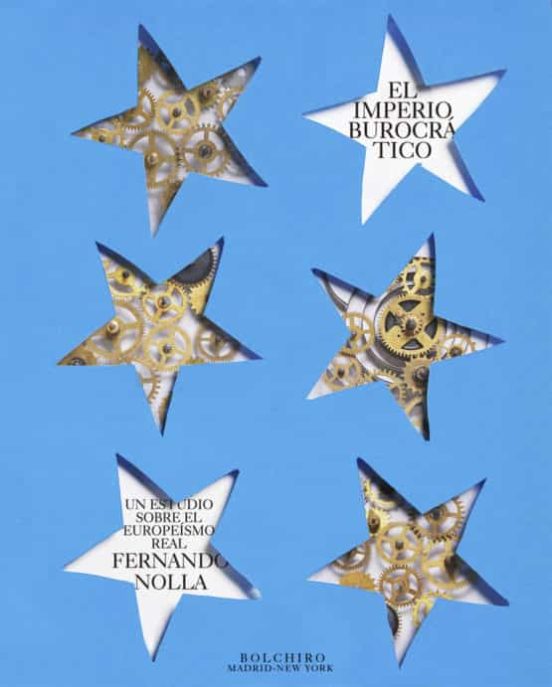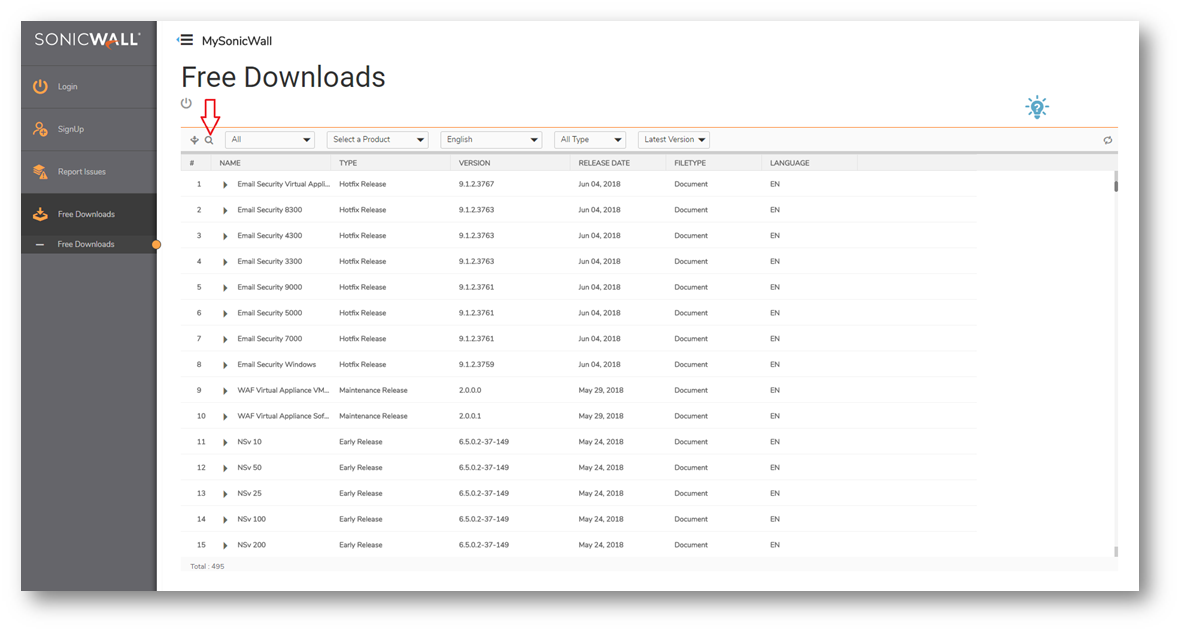


This is a reprint of the second revised edition of the text and translation of the De Administrando Imperio, written and compiled by Emperor Constantine VII Porphyrogenitus in the tenth century. We appreciate your support of the preservation process, and thank you for being an important part of keeping this knowledge alive and relevant. Constantine VII Porphyrogenitus, Gyula Moravcsik, R. Constantine VII is best known for his four books, De Administrando Imperio (bearing in Greek the heading ), De. To ensure a quality reading experience, this work has been proofread and republished using a format that seamlessly blends the original graphical elements with text in an easy-to-read typeface. De Administrando Imperio ('On the Governance of the Empire') is the Latin title of a Greek-language work written by the 10th-century Eastern Roman Emperor Constantine VII. Scholars believe, and we concur, that this work is important enough to be preserved, reproduced, and made generally available to the public. Within the United States, you may freely copy and distribute this work, as no entity (individual or corporate) has a copyright on the body of the work. This work is in the public domain in the United States of America, and possibly other nations. This work has been selected by scholars as being culturally important and is part of the knowledge base of civilization as we know it. One of the Seven Wonders of the Ancient World, it was constructed to. The edition includes general and critical introductions, an index of proper names, and an extensive glossary, as well as grammatical notes and an index of sources and parallel passages. The Colossus of Rhodes (Ancient Greek:, romanized: ho Kolossòs Rhódios Greek:, romanized: Kolossós tes Rhódou) was a statue of the Greek sun-god Helios, erected in the city of Rhodes, on the Greek island of the same name, by Chares of Lindos in 280 BC. Its confidential character and generally honest appraisal of the empire's political situation enhance its value for students of Byzantium and Europe during this period. De Administrando Imperio (end of 27 chapter, and chapter 28 in JENKINS translation) Before the Venetians crossed over and settled in the islands in which they live now, they were called Enetikoi, and used to dwell on the mainland in these cities: the city of Concordia, the city of Justiniana, the city of Nonum and very many other cities. It contains a wide variety of information on both foreign relations and internal administration and is one of the most important historical documents surviving from the Middle Byzantine period. This is a reprint of the second revised edition of the text and translation of the De Administrando Imperio written and compiled by Emperor Constantine VII Porphyrogenitus in the tenth century.


 0 kommentar(er)
0 kommentar(er)
